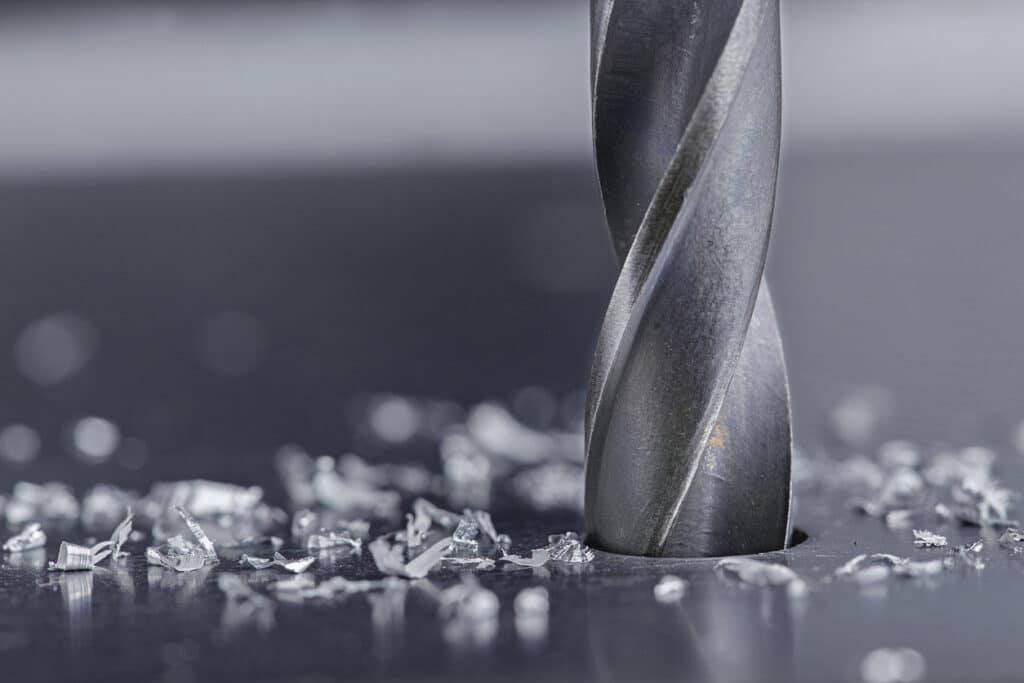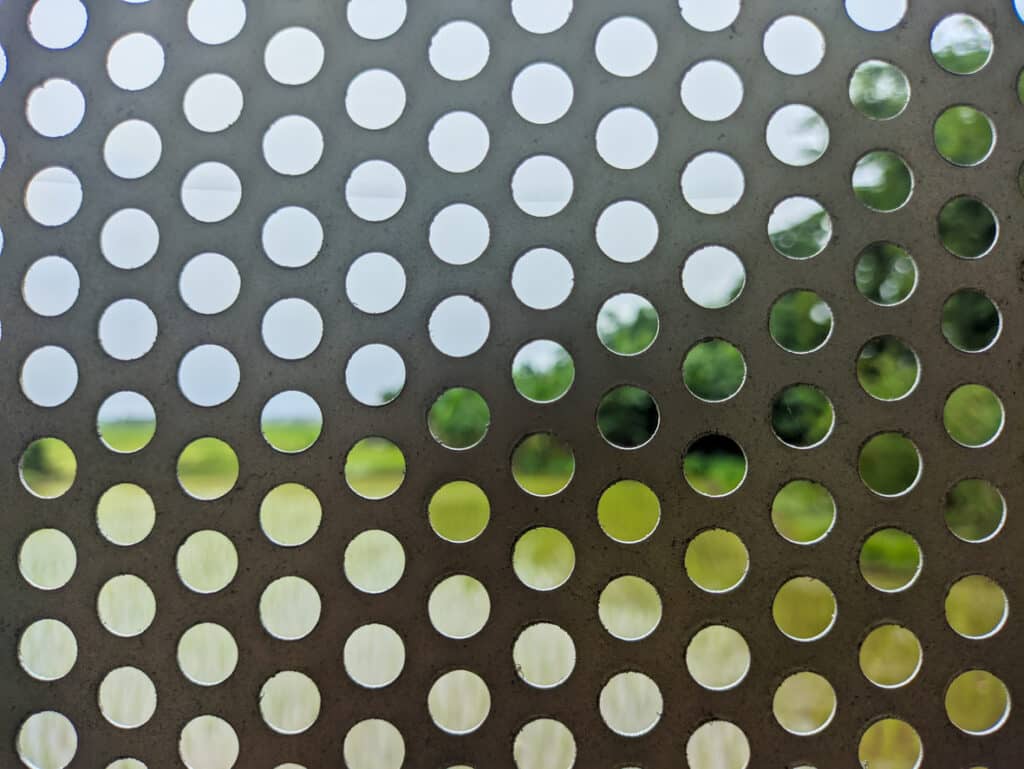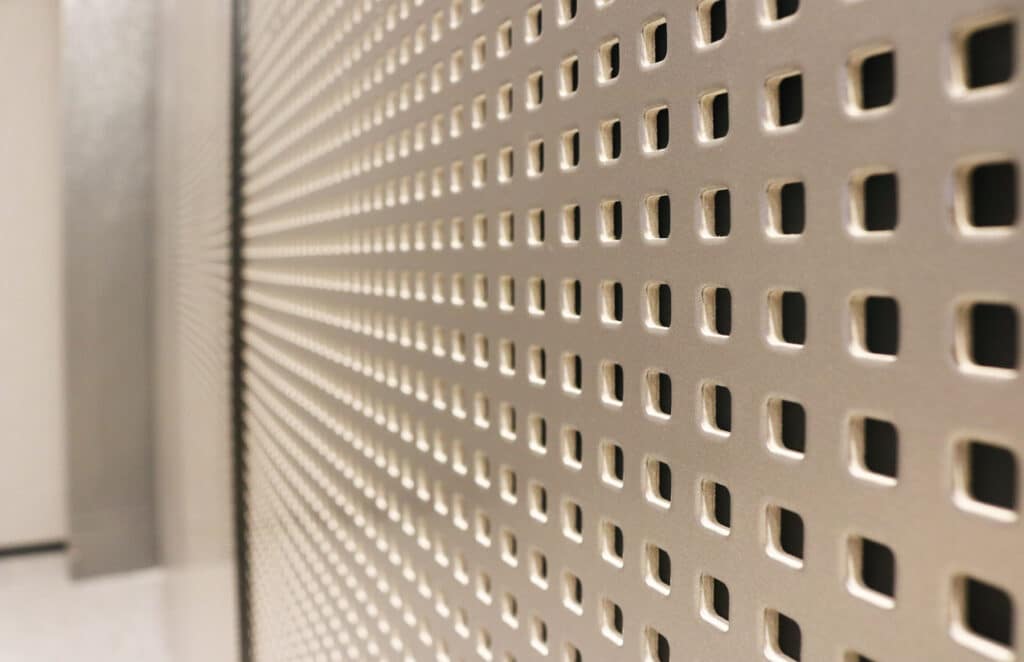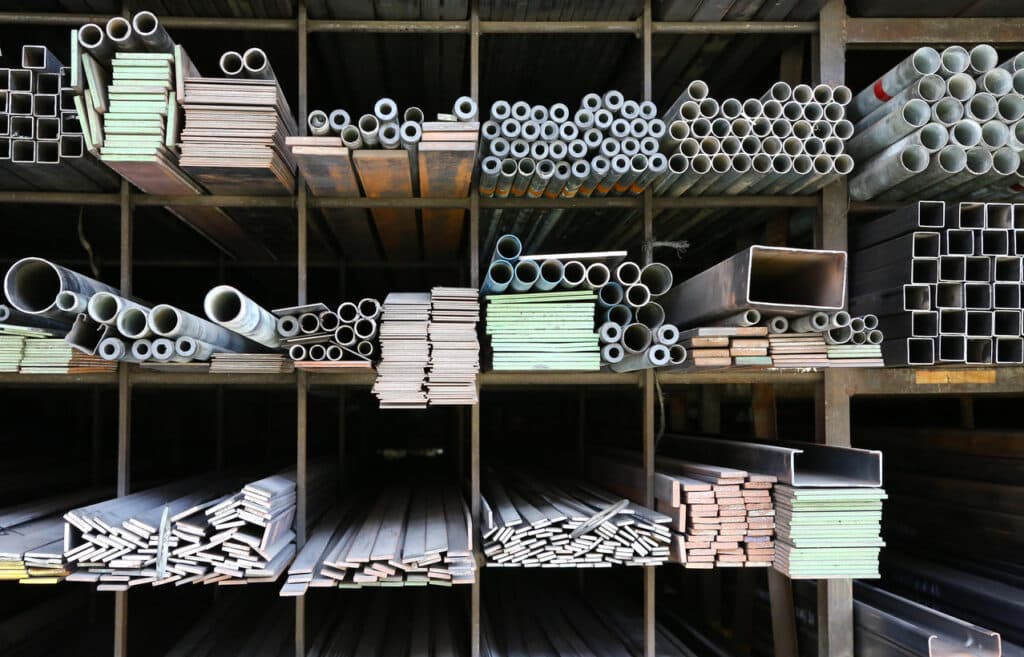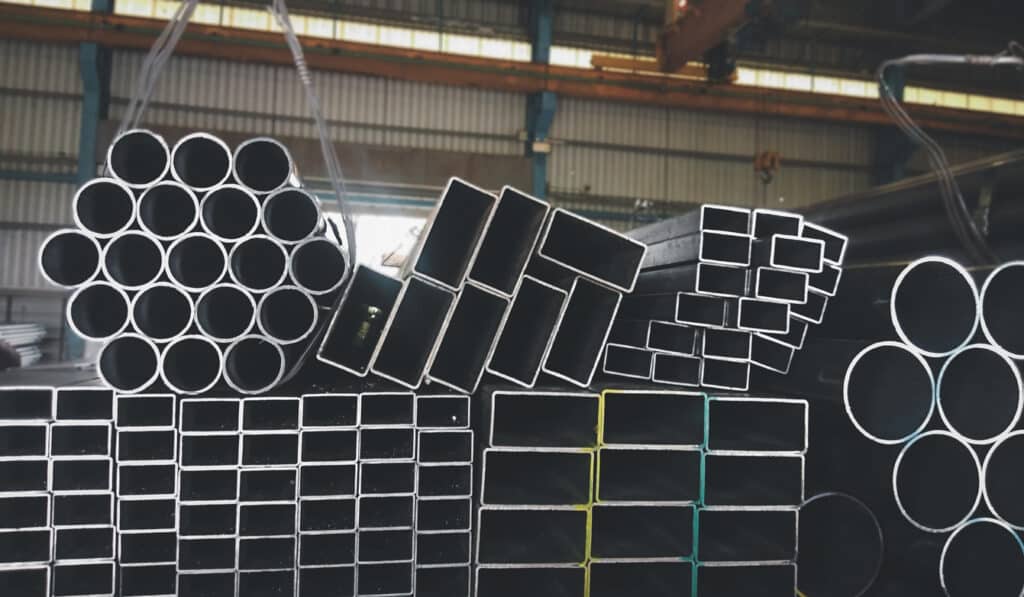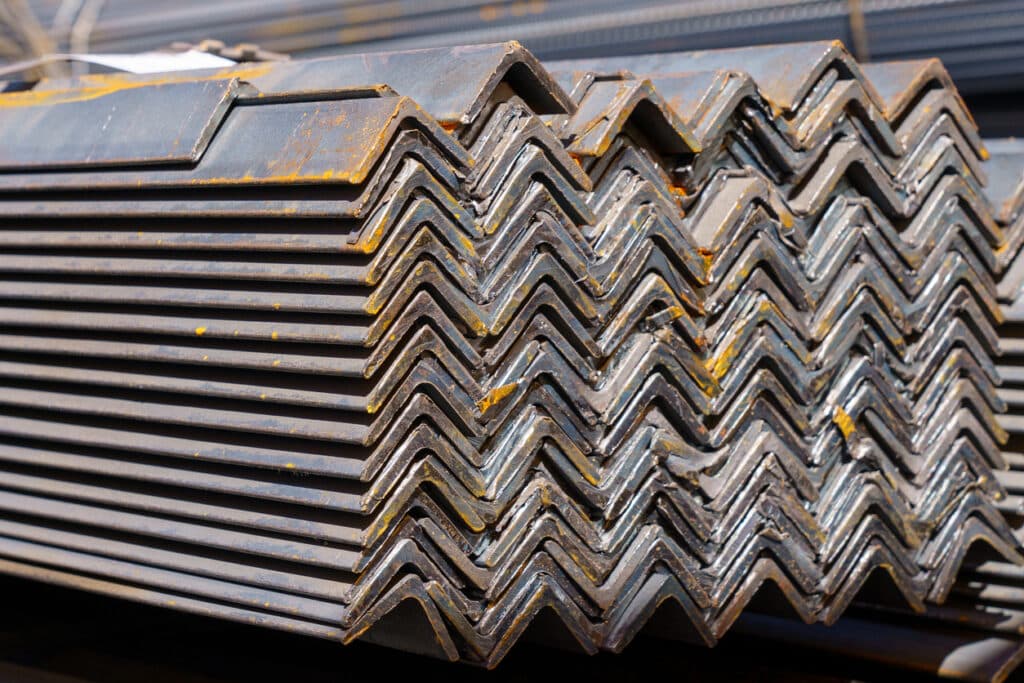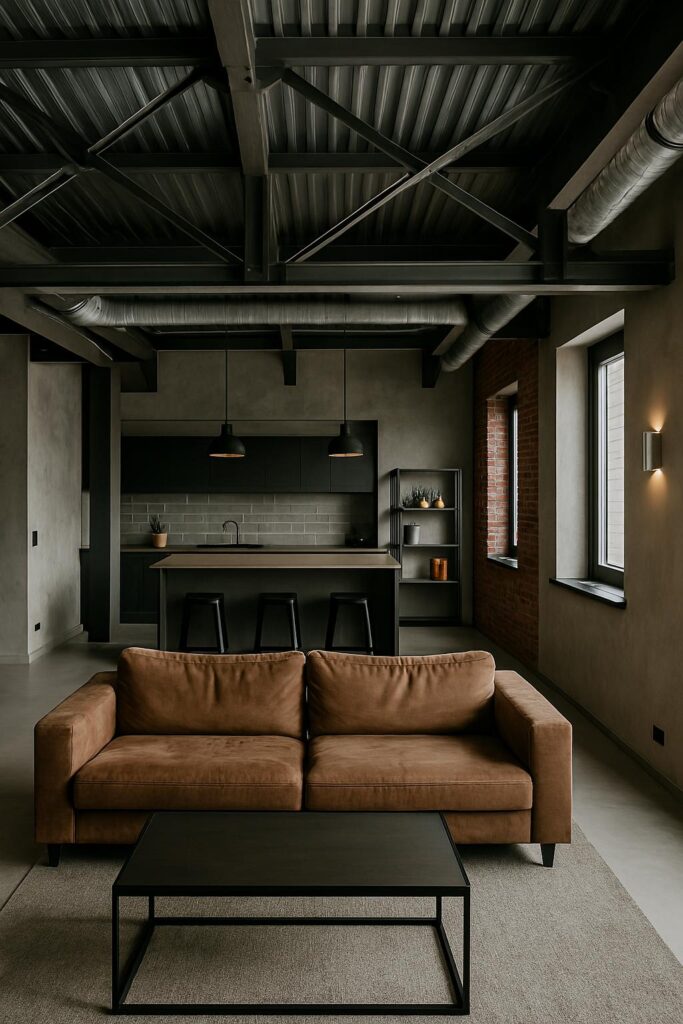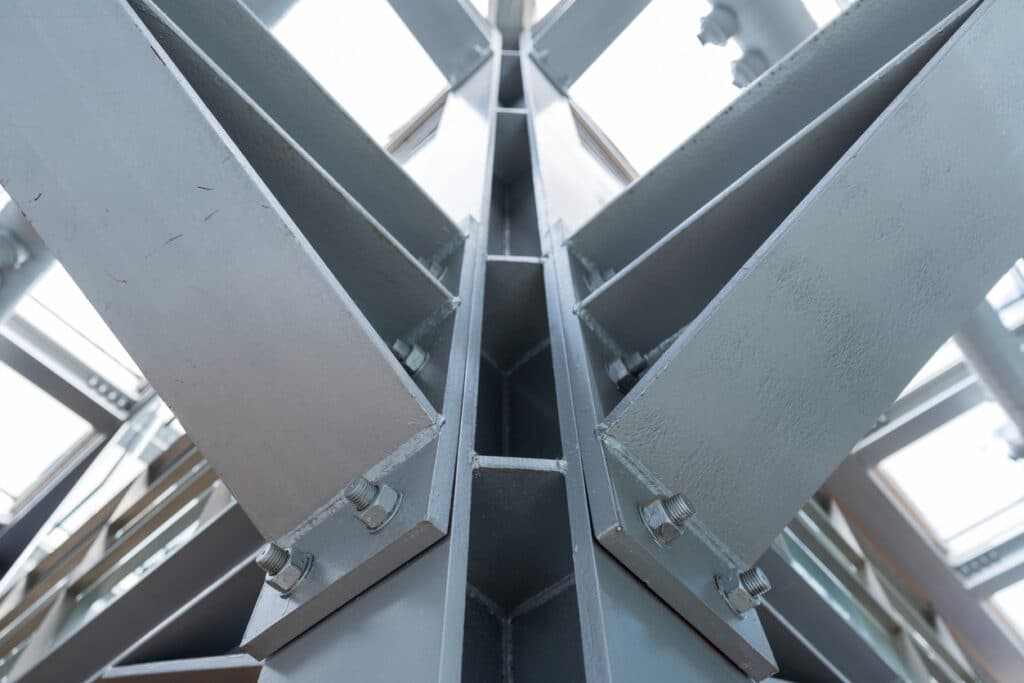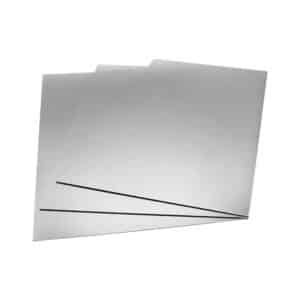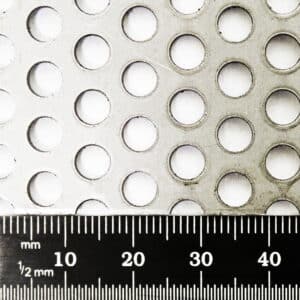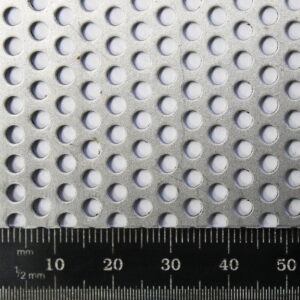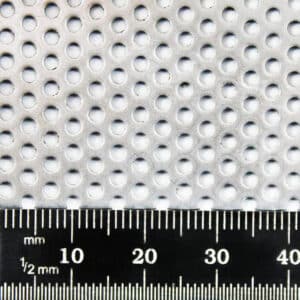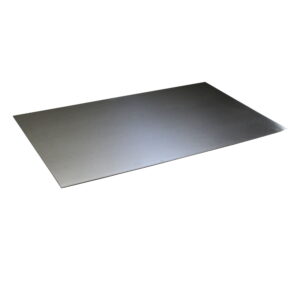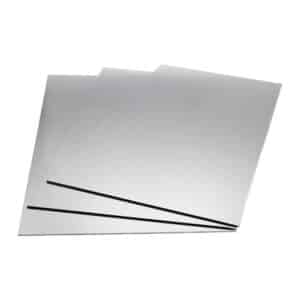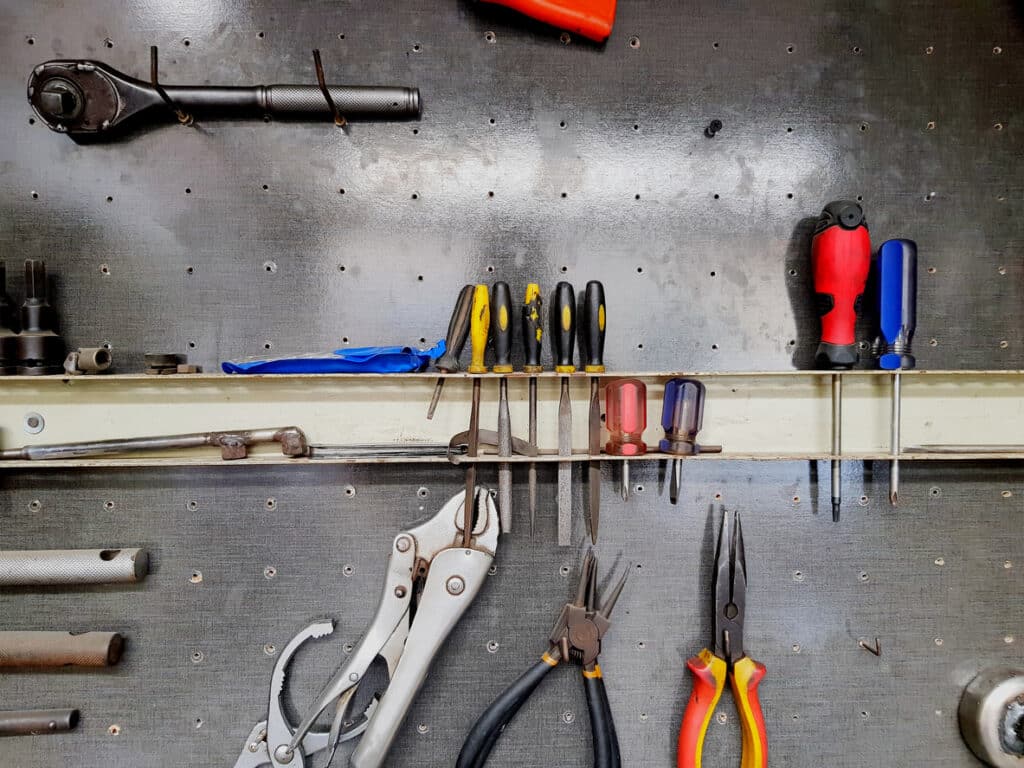
- Massive Range
- FREE UK Delivery
- Rapid Dispatch
- Massive Range
- FREE UK Delivery
- Rapid Dispatch
- Massive Range
- FREE UK Delivery
- Rapid Dispatch
Home » The Role of Metal in Modern Architecture: Form and Function
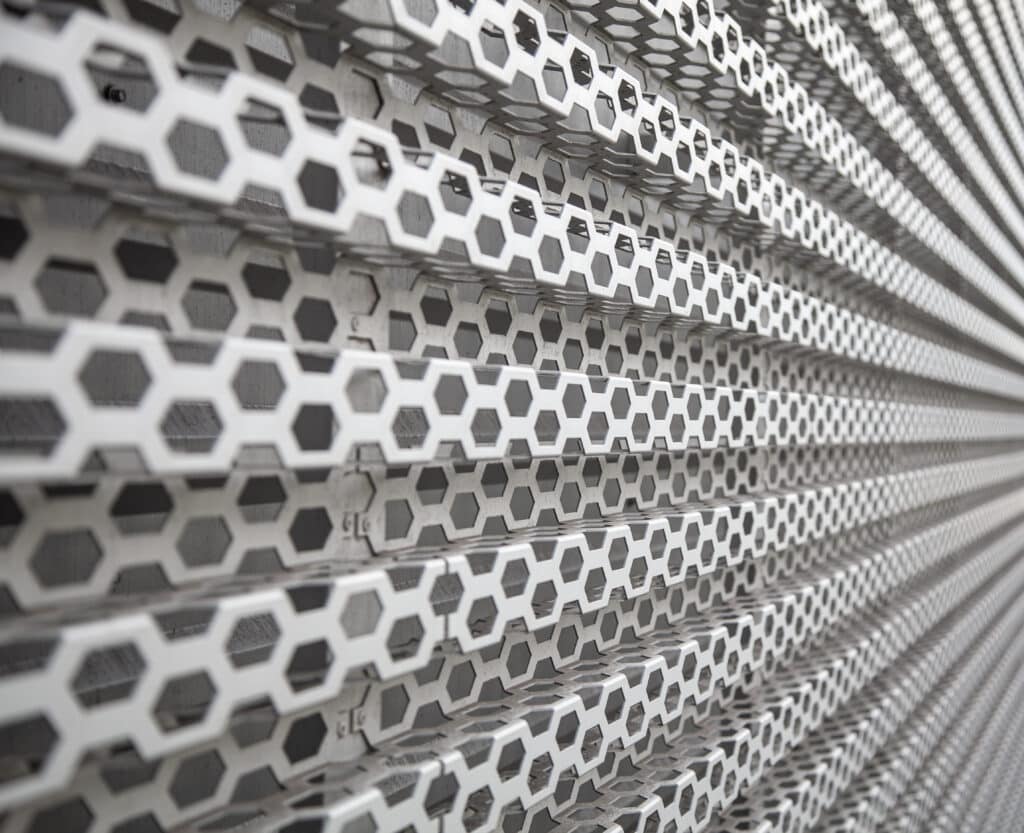
The role played by metal in the built environment stands out among the many enduring and transformative materials. Incorporating metal into modern architecture is not just about aesthetics; it showcases how form and function can work together to create structures that are both aesthetically appealing and structurally sound. The versatility of metal has made it a favorite of contemporary architects and designers, from steel skyscrapers to delicate metal cladding.
Before diving deep into the significance of metal in modern architecture, it is essential to understand its historical context. Metal has been utilised in architecture for centuries. From the iron pillars of ancient India to the bronze adornments of Greek temples, this material has always found a place in the annals of architectural history. However, with the advent of the Industrial Revolution and the mass production of steel, metal’s role in construction saw a radical shift. It moved from being a decorative accent to a primary structural component.
Perhaps the most iconic representation of metal in modern architecture is the rise of the skyscraper. The late 19th and early 20th centuries saw the advent of steel-framed buildings, a trend that would change city skylines forever. With steel’s strength-to-weight ratio being significantly higher than that of stone or brick, architects could now design taller structures without the need for thick, load-bearing walls.
The introduction of metal in the skeletal framework meant that buildings could soar to new heights. The Flatiron Building in New York City, the Willis Tower in Chicago, and the many skyscrapers that dot our modern cityscapes stand as testaments to the transformative power of metal in architecture.
The use of metal in modern architecture is not limited to structural considerations. Its aesthetic appeal and the ability to be molded into various forms have made it a favorite among avant-garde designers. Dynamic forms, sleek surfaces, and innovative designs became possible with metals like titanium, aluminum, and even more modern metal alloys.
A notable example is the Guggenheim Museum in Bilbao, Spain, designed by Frank Gehry. The flowing titanium panels give the building its distinctive appearance, reflecting light in a way that makes the structure shimmer and change color throughout the day.
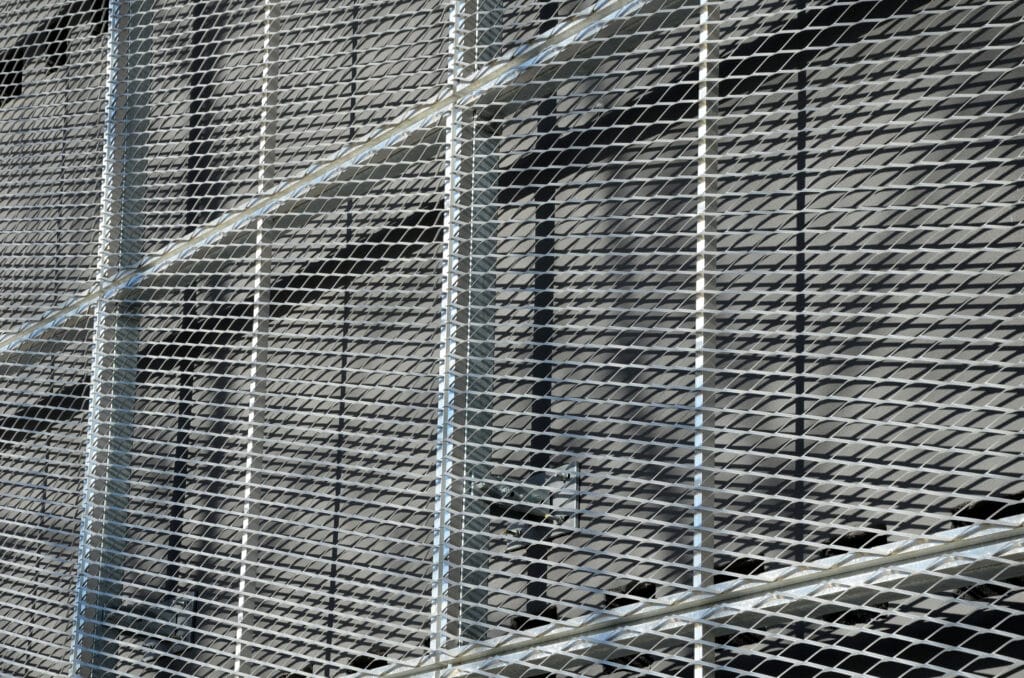
Beyond the visual appeal, metal in modern architecture offers numerous functional advantages. Metal roofs, for instance, are known for their durability and energy efficiency. They reflect solar radiant heat, which can reduce cooling costs. Additionally, metals like copper possess antimicrobial properties, making them ideal for surfaces in public buildings and hospitals.
Metal cladding is another architectural feature that combines aesthetics with functionality. They not only provide a contemporary appearance to structures but also offer an additional layer of insulation and protection against external elements.
In an era where sustainability is at the forefront of architectural discourse, metal finds its significance even more pronounced. Many metals used in construction are recyclable. Steel, for instance, can be melted down and reused, ensuring that the environmental impact of construction is mitigated.
Future trends in architecture indicate a leaning towards more adaptable and resilient structures, especially in the face of climate change and urban challenges. The inherent properties of metal – its strength, flexibility, and longevity – make it a prime candidate for meeting these challenges.
Structural Framework: The most evident application is in the skeletal framework of buildings. Steel beams and columns provide the structural support for many skyscrapers and large commercial buildings, enabling architects to design taller and more open spaces.
Façades and Cladding: Metal panels, often made of aluminum, copper, or zinc, are used to clad building exteriors. They not only enhance the aesthetics but also offer protection from environmental elements.
Roofing: Metal roofing, often made from aluminum, steel, or copper, is durable, resistant to severe weather, and can be aesthetically pleasing.
Windows and Curtain Walls: Aluminum is frequently used in the frames of windows and curtain walls due to its strength and lightweight properties.
Interior Partitions: Thin metal frames, often filled with glass or other materials, are used to create partitions within interior spaces, especially in commercial settings.
Staircases and Balustrades: Steel and other metals are commonly used to construct modern staircases, handrails, and balustrades. They offer both strength and a sleek appearance.
Ceilings: Suspended metal ceilings are utilised in many commercial spaces for their aesthetics, durability, and ease of installation.
Decorative Elements: From sculptural installations to intricate screens, metals such as bronze, brass, and stainless steel are frequently chosen for their aesthetic appeal.
Bridges and Walkways: The strength of metals like steel is harnessed in the construction of pedestrian and vehicular bridges.
Canopies and Awnings: Metal canopies provide shade, shelter, and a distinctive design element to building entrances and outdoor spaces.
Flooring: Certain commercial and industrial settings use metal grating or plates as flooring, especially where durability and resistance to heavy loads are paramount.
Elevators and Escalators: The infrastructure and cabins of elevators, as well as the steps and structures of escalators, are predominantly made of metal for strength and durability.
Sunshades and Louvers: To control sunlight and enhance energy efficiency, metal sunshades and louvers are installed on the exteriors of buildings.
Modular and Prefabricated Construction: Metal components are at the forefront of modular and prefab construction due to their ability to be precisely manufactured, ensuring quick assembly on-site.
Reinforcement: In concrete structures, steel reinforcement bars (rebars) are embedded to increase the tensile strength of the concrete.
Thermal Breaks: In energy-efficient construction, metals with low thermal conductivity are used to create “breaks” to reduce heat transfer through a building’s envelope.
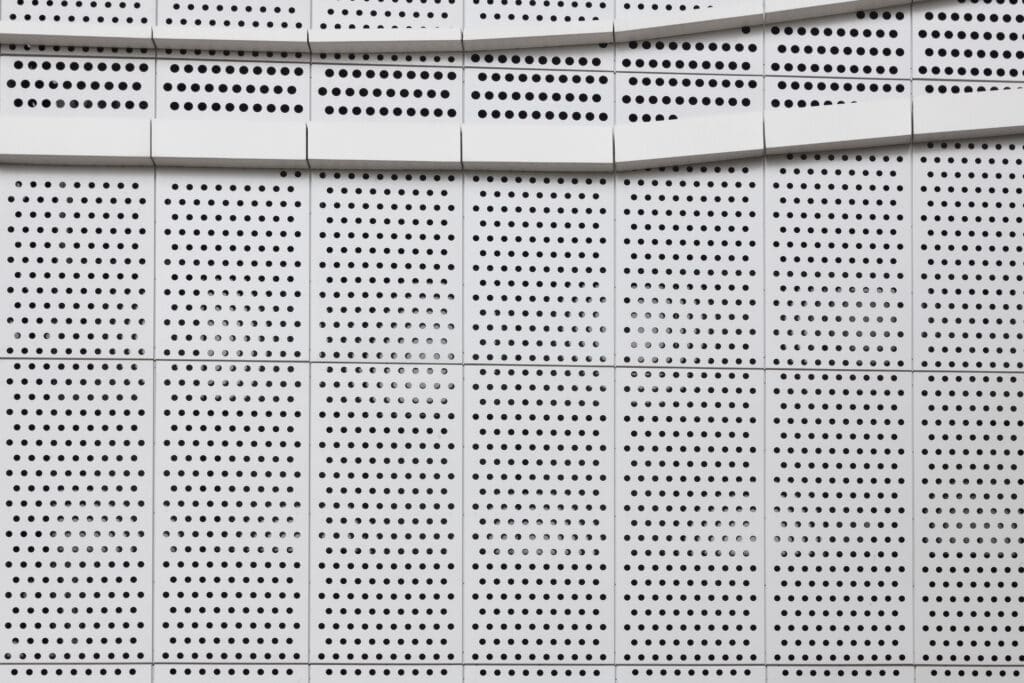
Strength and Durability: Metals, especially steel and its alloys, are known for their incredible strength. This allows architects and builders to create structures that are robust and long-lasting.
Versatility of Design: Metals can be molded, bent, and shaped into a wide array of forms and designs, giving architects immense flexibility in their creative expressions.
High Strength-to-Weight Ratio: Metals like steel allow for the construction of tall structures without the need for bulky, load-bearing walls, facilitating the creation of skyscrapers.
Sustainability: Many metals used in construction are recyclable. This recyclability reduces the environmental impact and makes metal a preferred choice in green building practices.
Thermal Efficiency: Certain metals reflect solar radiant heat, which can reduce cooling costs in buildings. Moreover, metal claddings can also provide additional insulation.
Maintenance and Longevity: Metals are resistant to many of the factors that wear down other materials, such as pests, rot, and even fire. This makes structures that utilise metal components require less maintenance and ensures they last longer.
Innovative Possibilities: Advanced techniques allow metals to be treated, coated, or layered to have varied properties, such as corrosion resistance, improved aesthetics, or enhanced insulation capabilities.
Economic Efficiency: While the initial costs of metal might be high, the longevity and reduced maintenance costs can make it more cost-effective in the long run.
Fire Resistance: Unlike wooden structures, metal buildings are more resistant to fire, enhancing the safety aspect.
Reflective Qualities: Metals, when polished or treated, can have reflective surfaces that add a unique aesthetic dimension to structures. This reflection can also assist in natural lighting.
Speed of Construction: Prefabricated metal parts can significantly speed up the construction process, resulting in faster project completion times.
Adaptability: Metal structures, especially those made from steel, can be easily modified in the future to accommodate changes in design or function.
Modern architecture incorporates metal beyond just an evolution of style; it represents a fusion of form and function, driven by both aesthetic and practical needs. Metals and their varied applications will undoubtedly play a central role in shaping the future of our built environment as architects continue to push the boundaries. The presence of metal in our architectural landscape is undeniable and ever-evolving, whether we admire a skyscraper’s strength or appreciate the shimmering façade of a modern museum.
As always, thank you for checking out our blog. We hope that this helps you with your project.
Please also check out the other articles in our helpful guide series. We have written about ‘DIY Projects with Flat Bars‘ and ‘Marine-Grade Metals‘ recently so why not check them out?
We are also proud to sell this product on our highly popular eBay store, check us out there too.
If you have any further questions, feel free to contact us.

